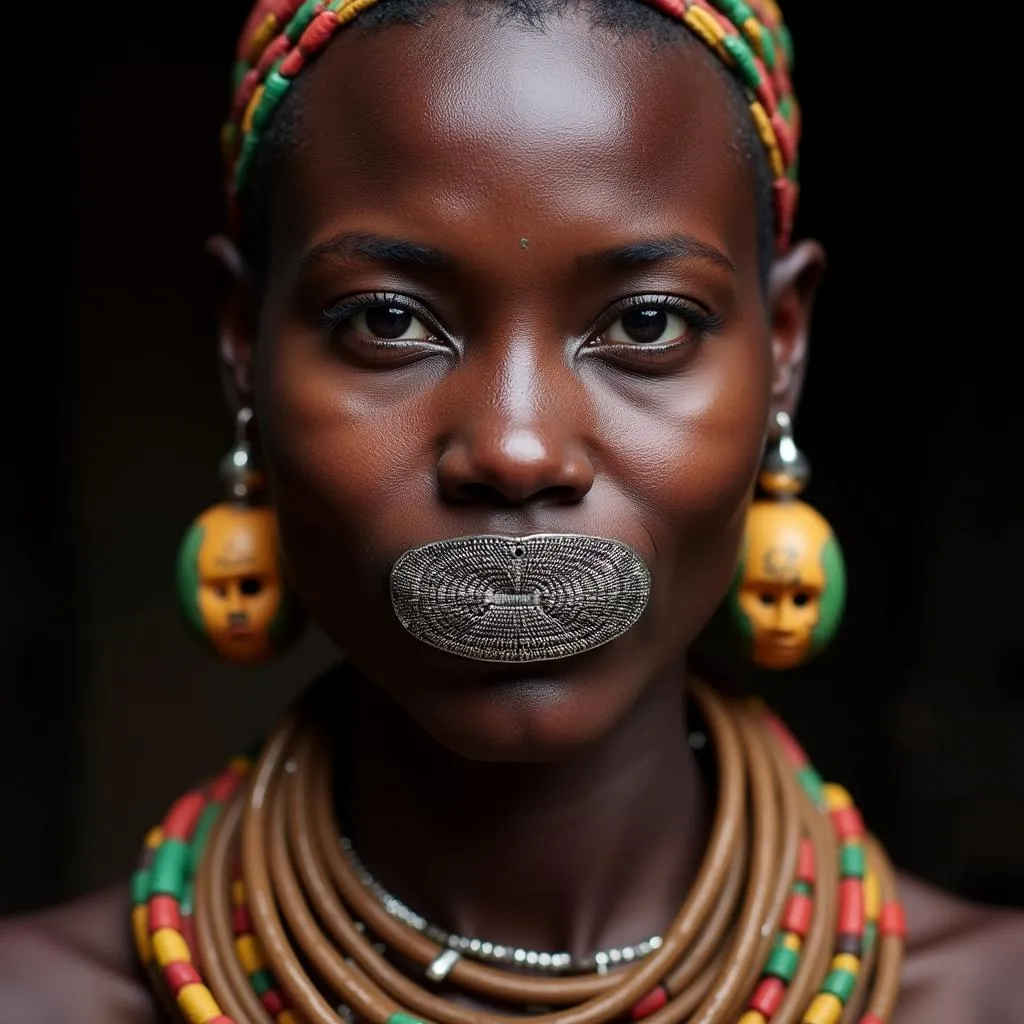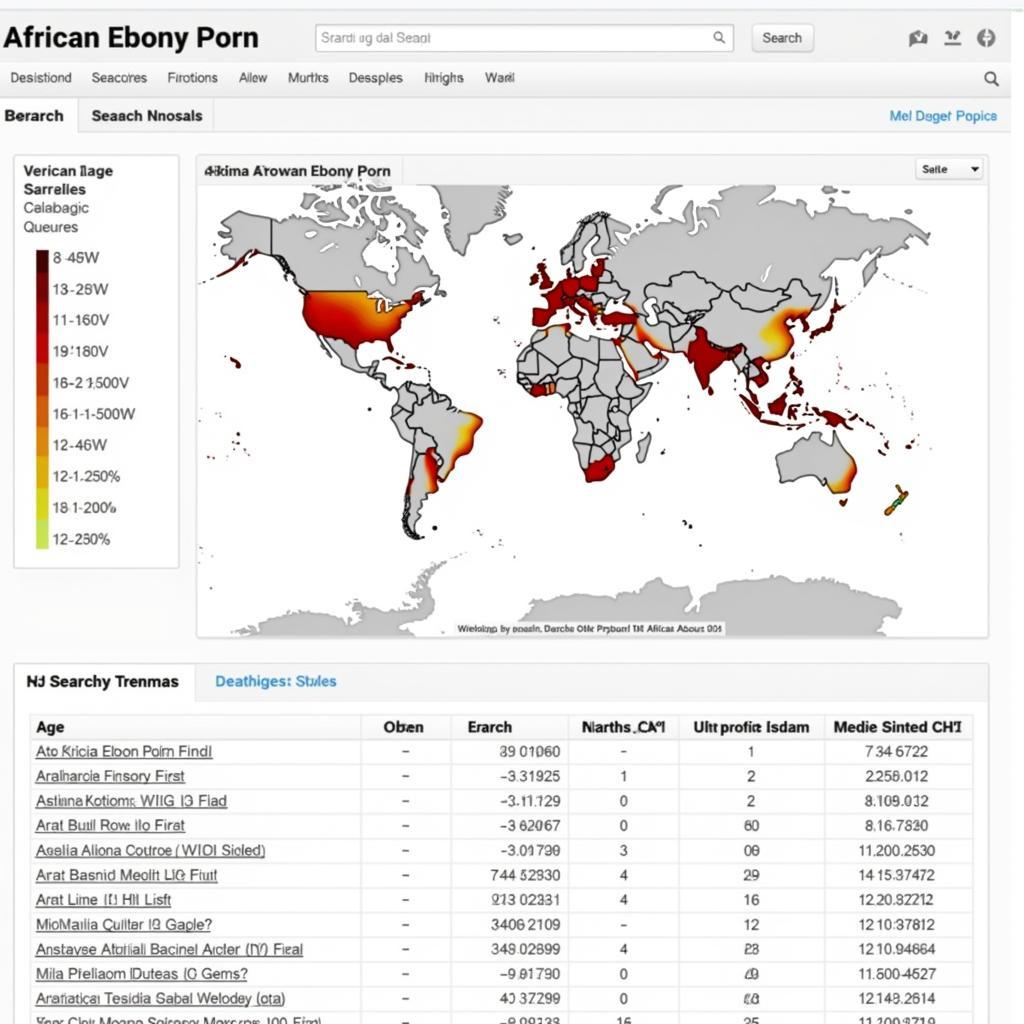Understanding the African CRW: Protecting Children’s Rights and Welfare
The African Crw, short for the African Charter on the Rights and Welfare of the Child, stands as a powerful testament to the continent’s commitment to its youngest citizens. This charter, adopted in 1990, outlines comprehensive rights and protections for children across Africa, addressing critical issues like child marriage, child labor, and access to education.
The African Charter on the Rights and Welfare of the Child is not merely a document; it represents a shared vision for a future where every African child can thrive. This comprehensive framework covers a wide range of rights, from the fundamental right to life and a name to more nuanced protections concerning education, healthcare, and a safe environment. The charter emphasizes the importance of family unity and community involvement in ensuring the well-being of children. It also explicitly addresses the unique challenges faced by children in situations of conflict, displacement, and disability. You can learn more about the charter and related topics through the African Charter on the Rights and Welfare of the Child.
Key Provisions of the African CRW
The African CRW is divided into four parts, each addressing specific aspects of child rights and welfare. Part I outlines the general principles underpinning the charter, including non-discrimination, the best interests of the child, and the right to life, survival, and development. Part II details the rights and duties of the child, encompassing civil, political, economic, social, and cultural rights. Part III focuses on the responsibilities of the family, society, and the state in promoting and protecting these rights. Finally, Part IV establishes the African Committee on the Rights and Welfare of the Child, the body responsible for monitoring the implementation of the charter. You can find more information on this important committee at the African Committee on the Rights and Welfare of the Child.
What are the core principles of the African CRW?
The core principles are non-discrimination, the best interests of the child, the right to life, survival, and development.
The Impact of the African CRW
The African CRW has had a significant impact on child protection efforts across the continent. It has provided a legal framework for national legislation and policies aimed at promoting child rights. It has also served as a powerful advocacy tool for civil society organizations and other stakeholders working to improve the lives of children. However, challenges remain in fully implementing the charter’s provisions. Poverty, conflict, and traditional practices often hinder the realization of children’s rights. Continued efforts are needed to ensure that the African CRW translates into tangible improvements in the lives of all African children. For a deeper understanding of these ongoing efforts, explore the African Child Policy Forum.
How does the African CRW address child marriage?
The African CRW explicitly prohibits child marriage and urges states to take measures to eliminate this harmful practice.
The Future of Child Rights in Africa
The African CRW continues to be a crucial instrument for advancing child rights in Africa. The commitment of African governments, civil society organizations, and international partners is essential to overcome the remaining challenges and ensure that every African child can enjoy the rights and protections enshrined in the charter.
What are the ongoing challenges in implementing the African CRW?
Ongoing challenges include poverty, conflict, and deeply ingrained traditional practices that sometimes conflict with the principles of the charter.
Dr. Amina Talib, a renowned child rights advocate in Kenya, emphasizes the importance of community engagement: “True progress requires involving local communities in understanding and upholding the rights of children.”
Professor Kwame Asante, a legal scholar specializing in human rights law in Ghana, adds: “The African CRW provides a solid legal foundation, but effective implementation requires sustained political will and resources.”
The African Charter on Women and Children further emphasizes these protections. You can learn more about it through the African Charter on Women and Children.
Conclusion
The African CRW remains a beacon of hope for children across the continent. By upholding its principles and working together, we can create a future where all African children can realize their full potential.
FAQ
- What is the African CRW? The African Charter on the Rights and Welfare of the Child (African CRW) is a treaty adopted by the Organization of African Unity in 1990 that sets out the rights and responsibilities of children in Africa.
- Why is the African CRW important? It provides a framework for protecting and promoting children’s rights, addressing issues like child marriage, child labor, and access to education.
- Who is responsible for implementing the African CRW? African governments, families, communities, and civil society organizations all have a role to play.
- How can I support the implementation of the African CRW? You can support organizations working on child rights issues in Africa and advocate for policies that protect children.
- Where can I learn more about the African CRW? You can find information on the African Union website and through various NGOs dedicated to child rights.
- What are some of the successes of the African CRW? It has influenced national legislation and policies related to child rights in numerous African countries.
- What challenges still exist in implementing the African CRW? Poverty, conflict, and harmful traditional practices continue to hinder the full realization of children’s rights.
Need further assistance? Contact us 24/7. Call: +255768904061, Email: kaka.mag@gmail.com, or visit us at Mbarali DC Mawindi, Kangaga, Tanzania. We’re here to help.


